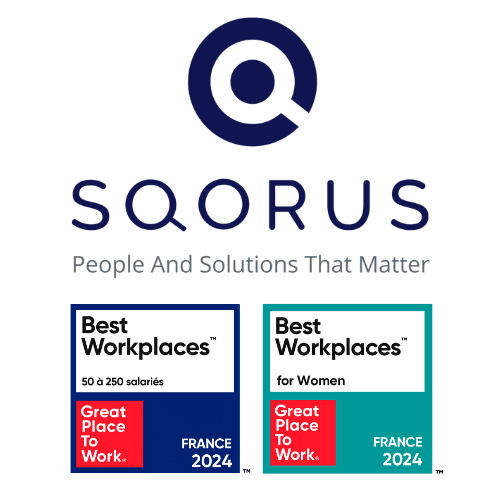The responsibility of leading an HR project can legitimately be attributed to the HR department. But this legitimacy seems to lose its consistency when faced with the implementation of a major HR strategy. From this perspective, the forward-looking management of jobs and skills or the enhancement of employee experience can be managed more effectively with the close collaboration of management teams. In this article, we will see who should drive HR projects in the company.
The legitimacy of human resources in the management of HR projects
Everything related to human resources is naturally managed by the HR department. His functions consist of accompanying the company’s transformations, creating a common culture, mobilizing and involving managers in the application of the decided orientations and promoting social innovation. It is also in this wake that the HR strategy is strongly impacted by technological evolutions with this hyper connection via Internet, new working methods, organizational changes… The HR Department is therefore very much expected to play its role of pilot and accompanier on all these subjects. It is at the forefront of implementing a development plan and HR processes that integrate new societal trends.
The various HR projects managed with the other departments of the company
Although the HR department is perfectly orchestrating the implementation of new HR processes, some projects require skills and knowledge that may be outside its scope of action. As a result, setting up a forward-looking jobs and skills management system (GPEC) calls for the active participation of several players.
Managers provide valuable assistance in developing an HR project by highlighting the current and future needs of their teams. They are also responsible for the effective implementation of this project on the ground. It goes without saying that the Human Resources Department remains the HR project leader, the one who coordinates and guarantees the coherence of actions with the full involvement of managers.
Project management such as employer brand development is more of a marketing issue. Human resources is required to collaborate with this service by providing guidance. But they cannot manage this project exclusively. They must rely on marketing and communication, which provide real expertise in developing the company’s image. In the same way, the enhancement of the employee experience can only be achieved with the involvement of the marketing department and the business managers. They rely on the customer experience to enable the realization of the employee experience. Their collaboration brings a concrete dimension to HR project management.
All these internal collaborations do not detract from the strategic role of human resources. On the contrary, they allow the latter to acquire the capacity to manage subjects it is less familiar with.
What tools can you use to manage your HR strategy?
Optimize your HR strategy and discover the essential management tools you need to achieve your objectives. Don't miss this opportunity to successfully manage your HR projects.
See also our feature on "HR strategy management tools".
- What are the key issues facing HR departments today?
- Organization, talent management, recruitment: priority HR projects?
- Human resources management: what HR strategies for the future?
- Best practices to manage your HR strategy in an optimal way
- The different HR management tools to carry out your HR strategy
- HRIS software: the different areas of intervention for the HR function
- How to convince your management to invest in an HRIS tool?
- Is it necessary to be accompanied in the management of an HR strategy?
- What indicators should be defined to measure the performance of an HR strategy?
- HR strategy: how to achieve effective HR reporting?
- Who should drive HR projects in the company?
- Setting up a working group for an HR project: who should be involved?
Contact
A project? A request?A question?
Contact us today and find out how we can work together to make your company’s digital future a reality.













